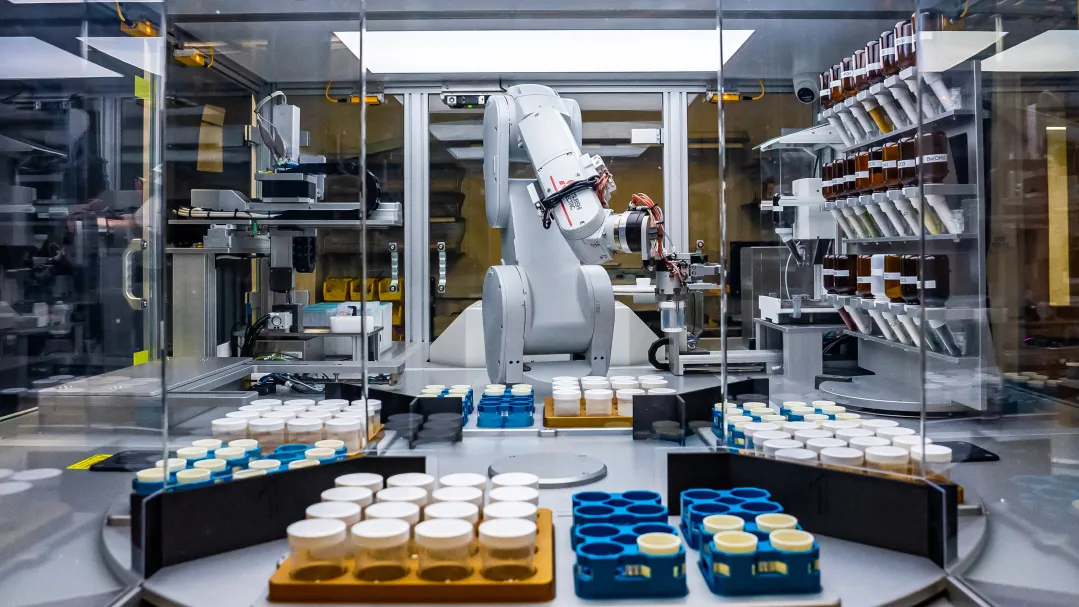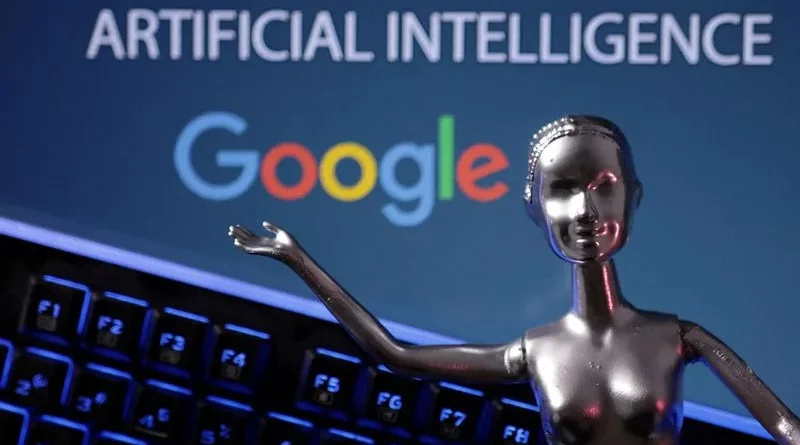Google DeepMind’s new AI tool helped create more than 700 new materials
In the realm of technological advancements, the discovery of new materials plays a pivotal role, influencing breakthroughs in electric vehicle batteries, solar cells, microchips, and more. Traditionally, this process has been time-consuming, often spanning months or years of trial-and-error research. Google DeepMind, however, aims to transform this landscape with its innovative AI tool, Graphical Networks for Material Exploration (GNoME). This tool employs deep learning to accelerate the discovery of new materials, predicting structures for an astounding 2.2 million candidates. The collaboration between GNoME and Lawrence Berkeley National Laboratory’s autonomous lab showcases the potential of AI in scaling up material discovery and development.

DeepMind’s Pioneering Contributions:
Building on the success of its protein-folding AI, AlphaFold, Google DeepMind has ventured into the realm of materials discovery with GNoME. AlphaFold, introduced in 2020, revolutionized biological research and drug discovery by accurately predicting protein structures. GNoME, often dubbed “AlphaFold for materials discovery” by experts, has significantly expanded the catalog of stable materials, growing from tens of thousands to a remarkable 421,000. This shift in focus from biological structures to materials exemplifies DeepMind’s commitment to pushing the boundaries of AI applications.
The Challenge of Material Discovery:
Discovering new materials traditionally involves combining elements from the periodic table, a process fraught with inefficiencies due to the vast number of possible combinations. Researchers often rely on incremental modifications to existing structures, limiting the potential for unexpected discoveries. Google DeepMind addresses these challenges by employing a two-pronged deep-learning approach within GNoME, enabling a broader exploration of material possibilities.
GNoME’s Deep-Learning Models:
GNoME combines two distinct deep-learning models to revolutionize material discovery. The first model generates over a billion structures by modifying elements in existing materials, while the second predicts the stability of new materials solely based on chemical formulas, ignoring existing structures. This dual-model approach significantly broadens the scope of possibilities for material combinations, transcending the limitations of traditional incremental methods.
Predictive Capability and Iterative Learning:
GNoME’s predictive capability revolves around determining the decomposition energy of a given structure, a critical indicator of material stability. Stable materials, crucial for engineering purposes, resist easy decomposition. The iterative learning process of GNoME involves multiple rounds of predictions, with each discovery integrated into subsequent training rounds. In its initial round, GNoME achieved a precision of around 5%, steadily increasing to predict structure stability over 80% for the first model and 33% for the second model.
Unveiling Lawrence Berkeley National Laboratory’s Autonomous Lab:
Complementing GNoME’s advancements, Lawrence Berkeley National Laboratory introduced an autonomous lab named A-Lab. This innovative lab harnesses data from the materials database, incorporating some of GNoME’s discoveries. Equipped with machine learning and robotic arms, the A-Lab autonomously engineers new materials without human intervention, exemplifying the synergy between AI and robotics in material synthesis.
A-Lab’s Achievements and Synthesis Process:
The A-Lab’s capabilities extend beyond traditional labs, conducting 355 experiments over 17 days and successfully synthesizing 41 out of 58 proposed compounds. This represents a remarkable pace of two successful syntheses per day, a stark contrast to the time-consuming nature of human-led labs, where material synthesis can take months or even years. A-Lab’s resilience and continuous experimentation underscore its capacity to drive innovation and accelerate material development.
Impact on Hardware Innovation:
Researchers at DeepMind and Berkeley Lab project that these AI tools will significantly accelerate hardware innovation in various sectors, including energy and computing. With the potential to revolutionize lithium-ion battery conductors, ceramics, electronics, and more, the synthesized materials offer promising candidates for a range of technologies.
Future Implications and Challenges:
While GNoME and A-Lab represent groundbreaking advancements, the translation of new materials into commercial applications typically takes decades. However, the potential to expedite this timeline from decades to just a few years presents a substantial improvement. The continuous evolution of AI tools in material discovery holds the promise of addressing critical global challenges, particularly in clean energy.

Conclusion:
Google DeepMind’s foray into material discovery with GNoME marks a transformative moment in the intersection of AI and scientific exploration. The collaboration between GNoME and the A-Lab at Lawrence Berkeley National Laboratory exemplifies the potential of autonomous, data-driven labs in material synthesis. As these AI tools reshape the landscape of material discovery, industries can anticipate accelerated innovation in various hardware sectors. The quest for efficient and sustainable materials is now augmented by the power of AI, offering a glimpse into a future where technological breakthroughs are not only faster but also more impactful.



